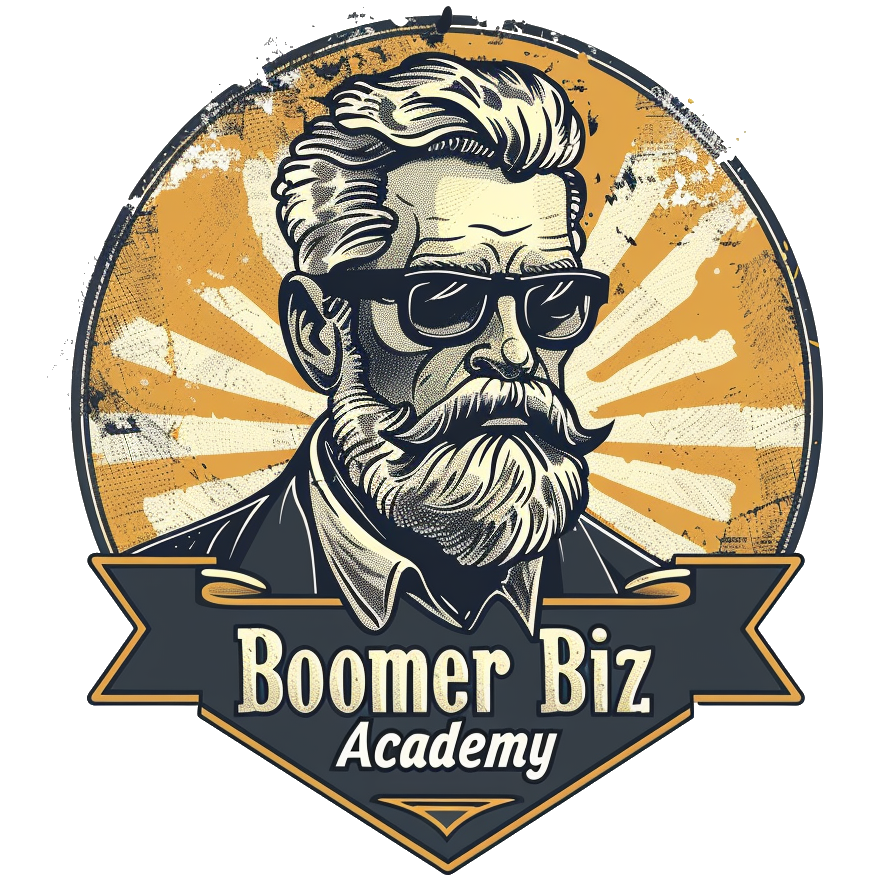
Balancing AI and Human Touch in Content Creation
As we progress faster and deeper into the landscape of content creation, the interplay between artificial intelligence (AI) and human creativity is becoming increasingly significant. While navigating this new terrain, we must recognize the unique contributions that humans and AI bring to crafting compelling content.
The Role of AI in Content Creation
AI has revolutionized content creation by introducing tools capable of analyzing large datasets, automating repetitive tasks, and generating essential content. From algorithms that suggest personalized content to users to AI-driven analytics that help understand audience preferences, the impact of AI is undeniable. In journalism, for instance, AI algorithms can draft reports on weather or sports, freeing human reporters to tackle more complex stories that require emotional depth and critical thinking.
Advantages of AI in Content Creation
The benefits of AI in content creation are manifold. AI's ability to process information at an unprecedented scale and speed allows for efficient handling of tasks that would be time-consuming for humans. This includes everything from keyword analysis for SEO optimization to pattern recognition in audience engagement. Additionally, AI can generate content swiftly, aiding in meeting the demands of a content-hungry audience.
The Human Element
Despite the advancements in AI, the human element remains irreplaceable in content creation. Human creators bring a level of emotional intelligence, cultural nuance, ethical judgment, and creative intuition that AI currently cannot replicate. For instance, the human ability to convey complex emotions and narratives is unmatched in storytelling, whether in written form or through visual media. The empathy and connection that human-created content can evoke are crucial in engaging audiences on a deeper level.
Integration and Collaboration
The most effective approach in creating valuable and engaging content is always a blend of AI and human creativity. AI can handle data-driven tasks, while humans can focus on adding emotional depth and narrative strength to the content. For example, in film editing, AI can sift through hours of footage to find the best shots, but the human editor understands the story's emotional arc and makes the final decisions. This synergy maximizes efficiency and quality, leveraging AI's and humans' strengths.
Ethical and Practical Considerations
As we embrace AI in content creation, ethical and practical considerations arise. Issues such as intellectual property rights, authenticity, and the impact on jobs in creative sectors need to be thoughtfully addressed. The authenticity of AI-generated content, especially when it mimics human style, raises questions about originality and copyright. Moreover, integrating AI into creative professions necessitates a balance to ensure it augments rather than replaces human skills.
Future Perspectives
The relationship between AI and human creativity in content creation will continue to evolve. Advances in AI may bring more sophisticated tools, further enhancing the capabilities of content creators. At the same time, the importance of human touch in content remains paramount, especially in tasks requiring emotional depth and ethical judgment. Education and training in creative fields will likely evolve to include AI literacy, preparing future creators for a world where AI is a fundamental part of the creative process.
In conclusion, balancing AI and human creativity in content creation is not about choosing one over the other. Instead, it is about recognizing and harnessing the strengths of both. Doing so can open up new possibilities for innovative, efficient, and emotionally resonant content.
Jeff
And while you're here, take a look at this informative post: Guide to Generative AI for Boomers.
